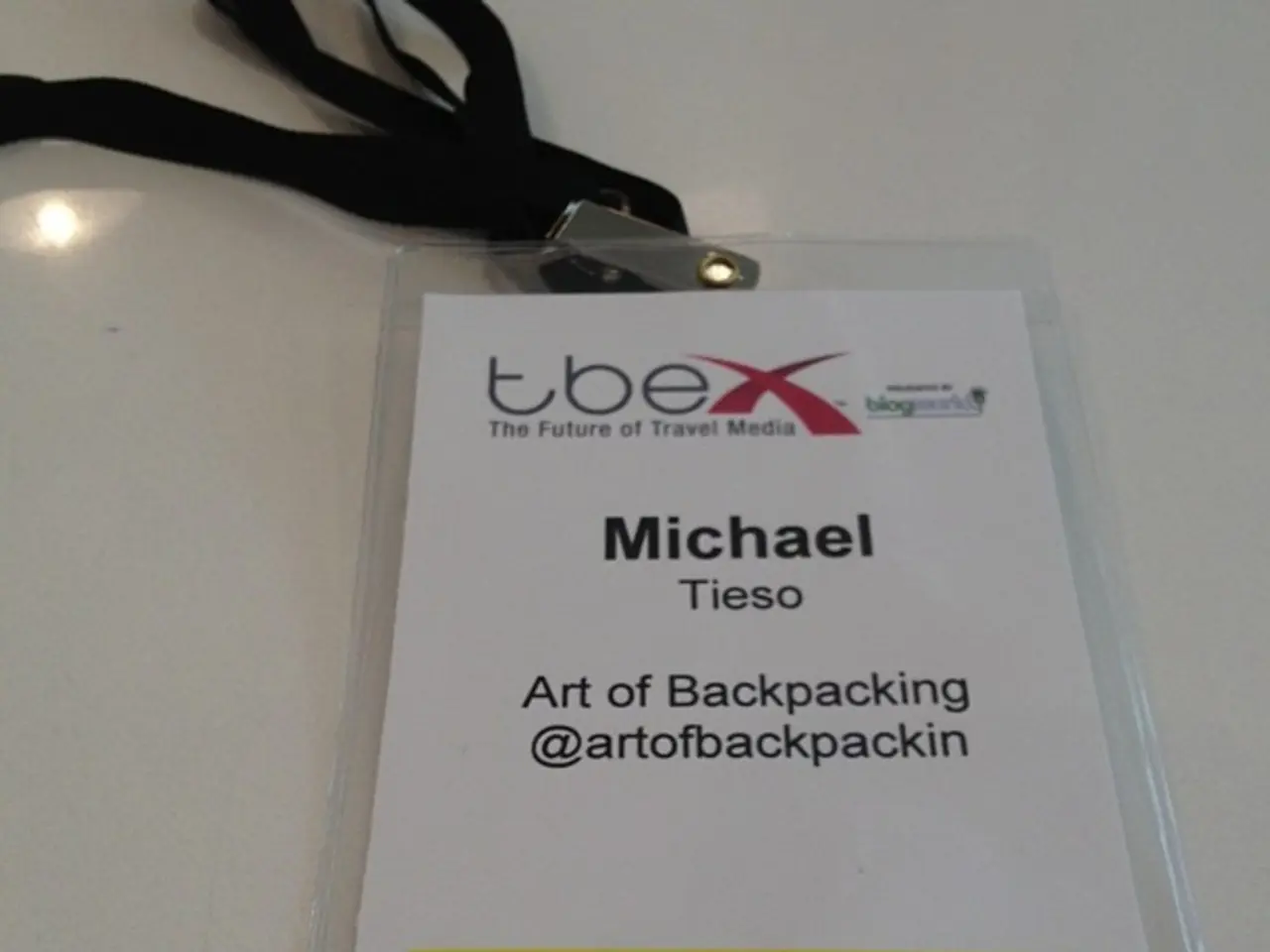Inference-time Intelligence: A Crucial Role for Multi-agent Simulation
In an effort to create AI systems that closely resemble human cognitive functions, particularly in multi-agent scenarios, key features are being developed to enhance their performance. These features aim to provide AI agents with the ability to perform simulations that reflect human psychology, memory, perception, reasoning, and social interactions.
Reflecting Human Psychology
To emulate human-like behavior, AI agents are being equipped with cognitive architectures that reflect human psychology. Models such as Transactional Analysis, which represent different ego states (Parent, Adult, Child), enable agents to activate internal schemas and shape behavior consistent with human cognition, including emotional and analytical interplay.
Memory Structures and Long-term Contextual Awareness
Agents require well-structured long-term memories and similarity-based retrieval to maintain consistency and adaptive interactions over time. This prevents repetitive cycles and enables progressive behavior, allowing AI systems to learn and adapt as they interact with their environment.
Perception, Reasoning, Planning, and Memory Integration
Essential cognitive functions are being integrated into AI agents, allowing them to perceive their environment, reason through complex situations, plan multi-step actions, and remember previous interactions to maintain context and relevance.
Dynamic Coordination and Communication
Multi-agent systems must support rich, flexible communication with multi-turn conversations, event-based interaction scheduling, and the ability to select relevant interlocutors. This facilitates realistic social exchanges and enables AI agents to collaborate effectively.
Adaptive and Autonomous Decision-making Frameworks
Combining rule-based logic, probabilistic models, machine learning, and reinforcement learning, AI agents can interpret context, evaluate options, and act toward defined goals while adapting to environmental changes.
Hierarchical and Decentralized Task Management
Organizing agents in hierarchies or decentralized setups enables efficient task allocation, local decision-making, and real-time adaptation. This reflects human collaborative structures and enhances scalability.
Emotional and Social Dynamics Modeling
Emulating psychological dynamics such as dependence on external validation, responsibility-taking, and conflict de-escalation strategies is critical for realistic human-like interaction simulation.
Explainability and Transparency
Tracing the agent's actions, predicted outcomes, and the external sources used supports explainability, which is important not only for trust but for simulating conscious-like reflection in interactions.
Scalability and Fault Tolerance through Cooperation
Ensuring agents can collaborate, share skills, compensate for each other’s limitations, and operate reliably in dynamic, large-scale environments reflects complex human social settings.
These features enable multi-agent AI systems to simulate human cognitive functions with greater psychological depth, contextual sensitivity, and social complexity, driving more naturalistic and effective multi-agent simulations across various domains.
Overcoming Computational Intractability
To overcome the computational intractability of multi-agent environments, the paradigm can be changed to use simulation of "what-if" scenarios during inference. This would involve an infinitesimally smaller number of sequences and avoid a combinatorial explosion.
Causal simulation with encapsulated agent models is the most efficient and, in some cases, the only way to achieve the desired outcome in multi-agent environments. It allows agents to interact with partial what-if scenarios without the need to unroll the entire environment at once.
Next-generation AI must incorporate representational constructs and functional modeling to rectify the gap and become situational. In realistic scenarios, only a small fraction of agents' behaviors and world states would be relevant, so the AI could perform a search to first select the relevant behaviors and world states, and then only unroll those simulated scenarios which would be causally likely and relevant.
Causal agent-based simulation holds the key to the next generation of AI solutions, as it addresses the need to support the human labor force with cooperative AI-based agents and perform tasks that rely on situation awareness but are beyond human capacity.
To fully emulate human cognition in multi-agent AI systems, the integration of artificial intelligence with science, technology, and artificial-intelligence is crucial. This can be achieved by equipping AI agents with emotional and social dynamics models (artificial-intelligence), enhancing their memory structures for long-term contextual awareness (science), and employing causal agent-based simulation to overcome computational intractability in complex multi-agent environments (technology).




